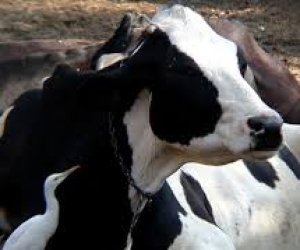Letizia Battaglia's best photograph: mafia murder victims in Palermo
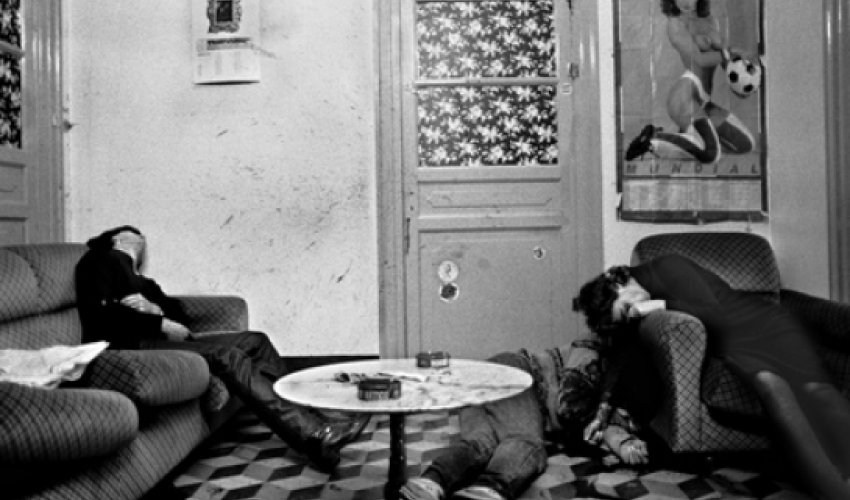
The mafia committed this crime. They murdered Nerina, a young prostitute who had started drug-dealing independently from the mafia cartel, and her two male friends. Allegedly, she had disobeyed the mafia's code of honour. Naturally, the killers were never found.It was 1982, and I entered this little room in Palermo against the will of the police. They did not want me – a photographer and a woman – at the crime scene. When I realised there was a woman among the victims, I started shaking. More than usual, I mean. I was overcome by nausea and could hardly stand. I only had a few seconds to take a couple of pictures: there were men shouting at me to work fast.It isn't easy to be a good photographer when you're faced with the corpses of people who were alive and kicking only minutes before. In those situations, I would often get all the technical things wrong. But I did my job, I photographed, trying to keep the image in focus and the exposure correct.Since Nerina, who is slumped in the armchair, had been the main target, I found myself thinking about her. In that small room, her still body was at everybody's mercy, more objectified than ever. My contact with her lasted only a few moments and was filtered through the lens of a cheap camera. But I saw her alone, lost in an eternity of silence. In that short time, I started to love her. I find women beautiful and courageous, and I love photographing them. They hold so many dreams inside themselves.The mafia, however, were mad, ignorant, cruel and hungry for power. They brought Palermo to the brink of civil war and soon corrupted a good number of politicians, bourgeoisie and aristocracy. They used public money to build awful developments in the suburbs, speculating and investing only for the sake of their own profit. Green areas disappeared, and the beauty of the city was destroyed. Drugs – heroin in particular – annihilated an entire generation. I witnessed a neverending cycle of violence and murder. I photographed Corleonesi when they were brought to trial. And I photographed them when they were lying dead.The situation today is even more complex and saddening. The mafia no longer kill judges, police officers and anti-mafia activists. Because many "friends of the mafia" have been democratically elected, they now directly manage public affairs, government, and institutions. The repercussions are visible everywhere. Many magistrates who have worked against this system have been jailed, and honest prosecutors have been threatened – in the same way my dear friends Giovanni Falcone and Paolo Borsellino were, before their assassinations in 1992.In 1985, I became a politician, hoping to take on the mafia. I lasted 10 years. In retrospect, I only wasted time I could have dedicated to photography.(theguardian.com)ANN.Az
Latest news 
More news 



























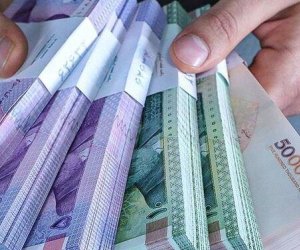

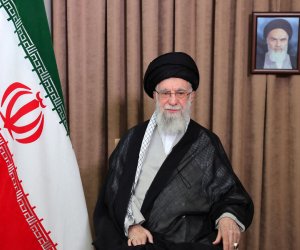


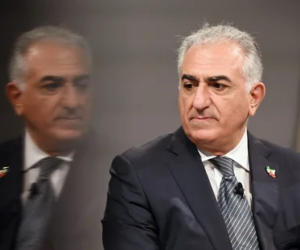


 Photo
Photo 
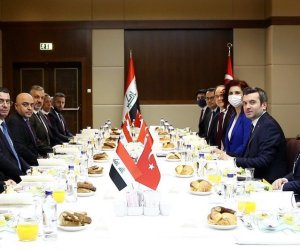
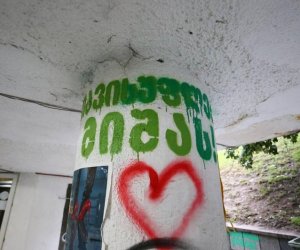
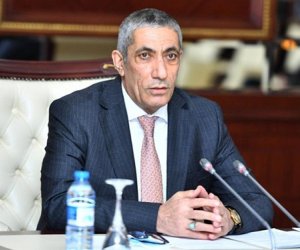
 Video
Video 

